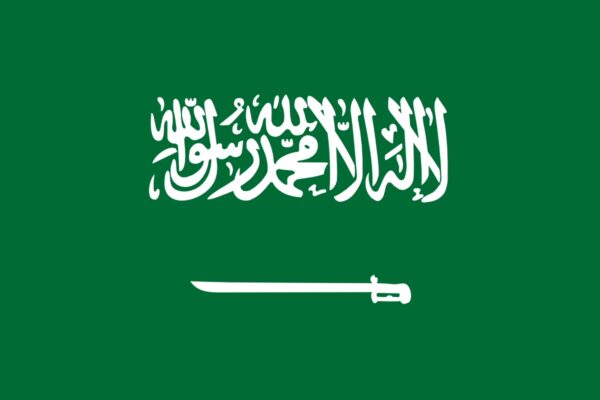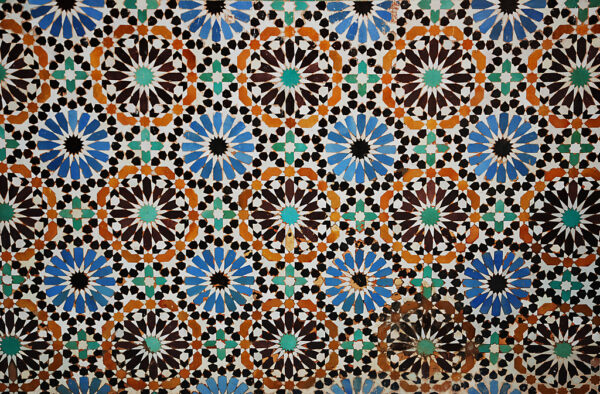
Saudi Foreign Policy: Unity, Stability, and Responsibility
When the Arab uprisings began in 2010, the future of the Middle East looked more uncertain than usual.
The views expressed by National Council Analyses & Assessments contributors are the personal views of the individual authors, and are not necessarily endorsed by the National Council on U.S.-Arab Relations, its staff, Board of Directors, or Board of Advisors. Founded 1983 and based in Washington, D.C., the National Council on U.S.-Arab Relations is a non-profit, non-governmental, educational organization dedicated to promoting understanding of the Arab region, the Middle East, and the Islamic world.

When the Arab uprisings began in 2010, the future of the Middle East looked more uncertain than usual.

Context and history are necessary to understand Saudi Arabia’s decision earlier this month to sever diplomatic ties with

The uprisings of 2011 dramatically revealed the weakness of the Arab state. That earthquake unleashed aftershocks that are

The Islamic State’s carnage in Paris and other recent attacks have added more urgency to the challenges facing

When the National Council on U.S.-Arab Relations was established in 1983 and announced that its mission would be